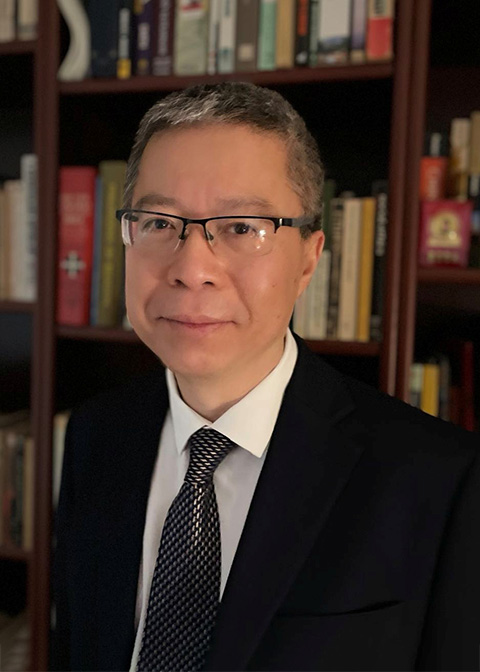USTC Astronomy Colloquium Series: 2025 Fall
Little Red Dots: A New Laboratory for Black Hole and Galaxy Formation
Luis C. Ho(何子山) 教授
Kavli Institute for Astronomy and Astrophysics, Peking University
2025/10/20, 4:00pm , the 19th-floor Observatory Hall

报告人:
何子山 (Luis C. Ho), 美国艺术与科学院院士,美国天文学会会士。1990年获得哈佛大学的学士学位, 1995年获得加州大学伯克利分校博士学位,1998作为终身天文学家加入美国著名卡内基天文台。从2014年起,他来华任职北京大学科维理天文与天体物理研究所所长,讲席教授,通过第十批杰出人才长期创新项目专家评审。他担任Astrophysical Journal Letters副主编。何子山教授是天文学观测方向的专家,使用地面和空间最先进的多波段望远镜从事黑洞和星系演化领域各方面的研究,并取得了众多开创性成果。他的研究方向主要包括黑洞吸积的物理过程,星系结构、动力学和恒星形成性质,以及发展观测和数据分析的技术方法。他已发表了840余篇学术论文,被同行引用超过8.4万次,H因子高达127。摘要:
The discovery of the 'little red dots' (LRDs) with the James Webb Space Telescope has revealed a host of surprises about this mysterious class of high-redshift objects. Their physical nature remains hotly contested. I will argue that LRDs trace the initial phase of supermassive black holes that predates the formation of their host galaxies. As such, they offer a uniquely valuable laboratory to illuminate the physical mechanism of black hole formation and the initial conditions of the earliest moments of galaxy formation. I will outline what we know and the much else that still remains uncertain. 邮编:230026 ,
邮编:230026 ,  联系电话: 0551-63601861
联系电话: 0551-63601861 Email:
Email: